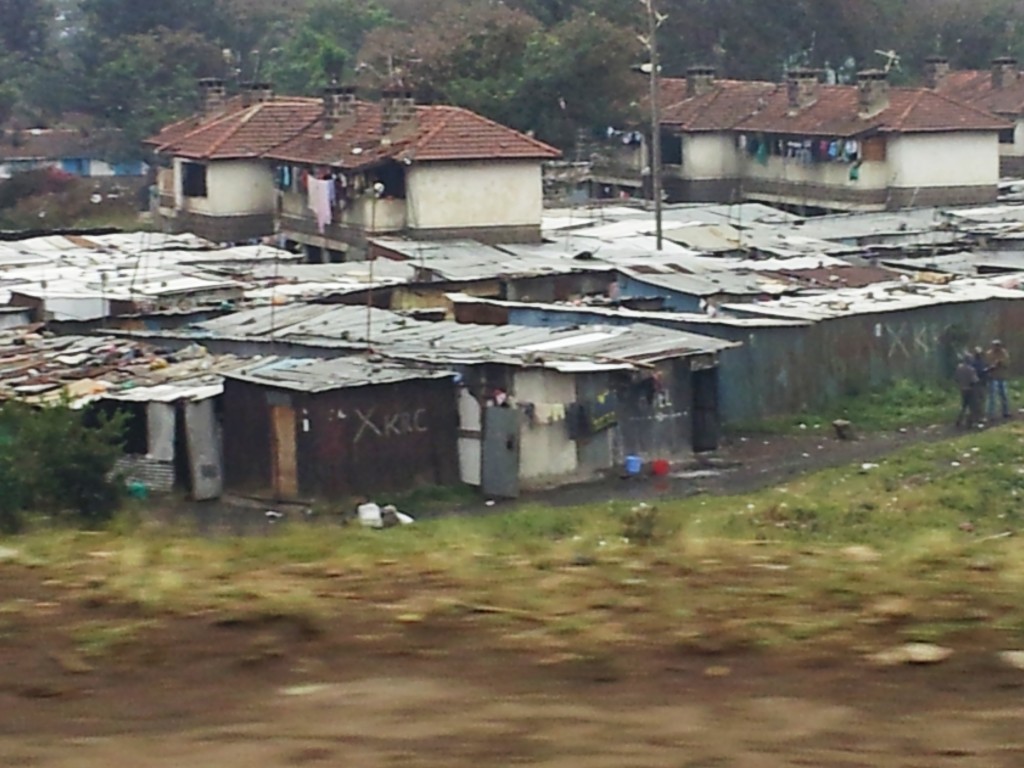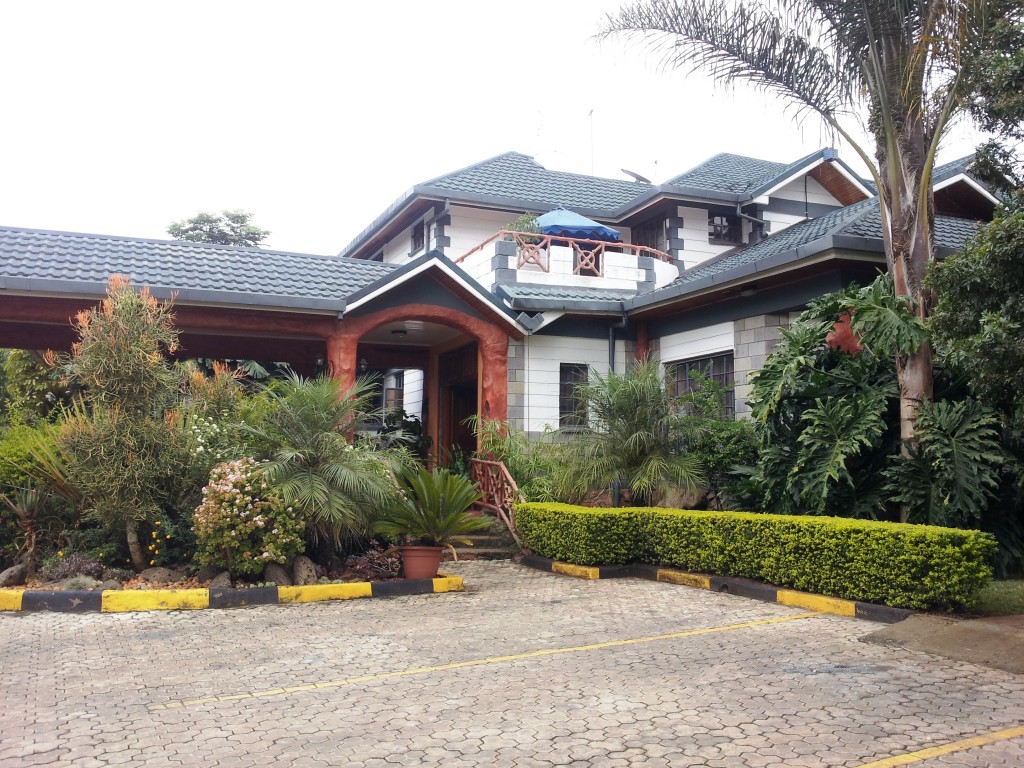One thing that struck me in Nairobi was the income gap. Depending on where you go, you may think that everybody in Kenya is poor, or that everybody is rich. Neither picture is truthful. The same misconception can come from looking at country-level economic statistics unwisely.


“Consumer income is one of the most important economic factors creating distance between countries,” according to my colleague Ghemawat. Simple as this may seem, it gets complicated when evaluating the income gap and economic divides among sub-Saharan Africa countries. For instance:
- The clearest measure of consumer income is GDP per capita. A huge obstacle for finding GDP per capita income is that official statistics do not capture the informal economy . For example, about a year ago Nigeria was classified the largest economy in Africa. This meant that officially, GDP per capita increased from $2,742 in 2012 to $3,005 in 2013 – a 9.6% growth rate. However, this just reflected that some informal sectors had been “formalized” and included in the statistics for the first time. This was the case of Nollywood, the Nigerian movie industry – third after Bollywood and Hollywood in terms of revenue generation.
- Averages are averages, and don’t reflect the whole picture. Income distribution should also be considered. Mauritius is the SSA country for which income distribution is available with the highest GDP per capita ($9,478): people with the highest 10% of the income share 28.9% of total income, while those with the lowest 10% income share 3.0% of total income.
- Disposable income in SSA rural areas tends to be higher than in urban areas. A consultant from Roland Berger shared this insight with me. Unfortunately, I haven’t been able to find hard data to back it up – still I wanted to bring this up as a consideration to make when thinking about cross-country economic distance. To illustrate, a 2013 report by KPMG Africa, indicates that on average Nigerians spend more than 70% of their total earnings on food. This % is likely to be lower in rural areas where people grow their own food. If you add to this the fact that they don’t have to pay for rent or daily transportation to work – substantial expenses – you can easily figure that the consultant had a basis for his statement.
This is the last of a series of posts on distance across SSA countries. The dimensions of distance considered are those in Ghemawat’s CAGE model: Cultural, Administrative, Geographic, and Economic distance.
Have you experienced these types of distances when doing business in Africa?


It is a common situation in countries growing fast. But I would like to point that the inequality is increasingly becoming a problem in the developed countries, so in my opinion, this situation would be considered globally as soon as possible.
You’re very right: inequality is high also in developed countries, though the lower level ia probably higher there than in emerging markets (I didn’t look for the evidence, but I suspect that’s the case).
Hi Africa,
Interesting article you have posted here. The fact of the measurement is that the tru incomes even in urban areas can not be completely ascertained. There is a lot of informal earnings and consumptions as well. This is driven by the huge cash driven spending patterns and “little businesses” people transact on the side.
While on the rural side, the postulations are accurate, however, there may be need for some further analysis of the impact of transferred income to retired folks and investment patterns of same in the local communities. This drives a lot of productivity in the markets/locals and shoots up consumption. In Nigeria, this fact doesn’t apply across the board, except in select communities.
Elo, thank you for bringing up the issue of transferred income to retires people, and their investment patterns. This may be quite contextual, and indeed needs to be considered.